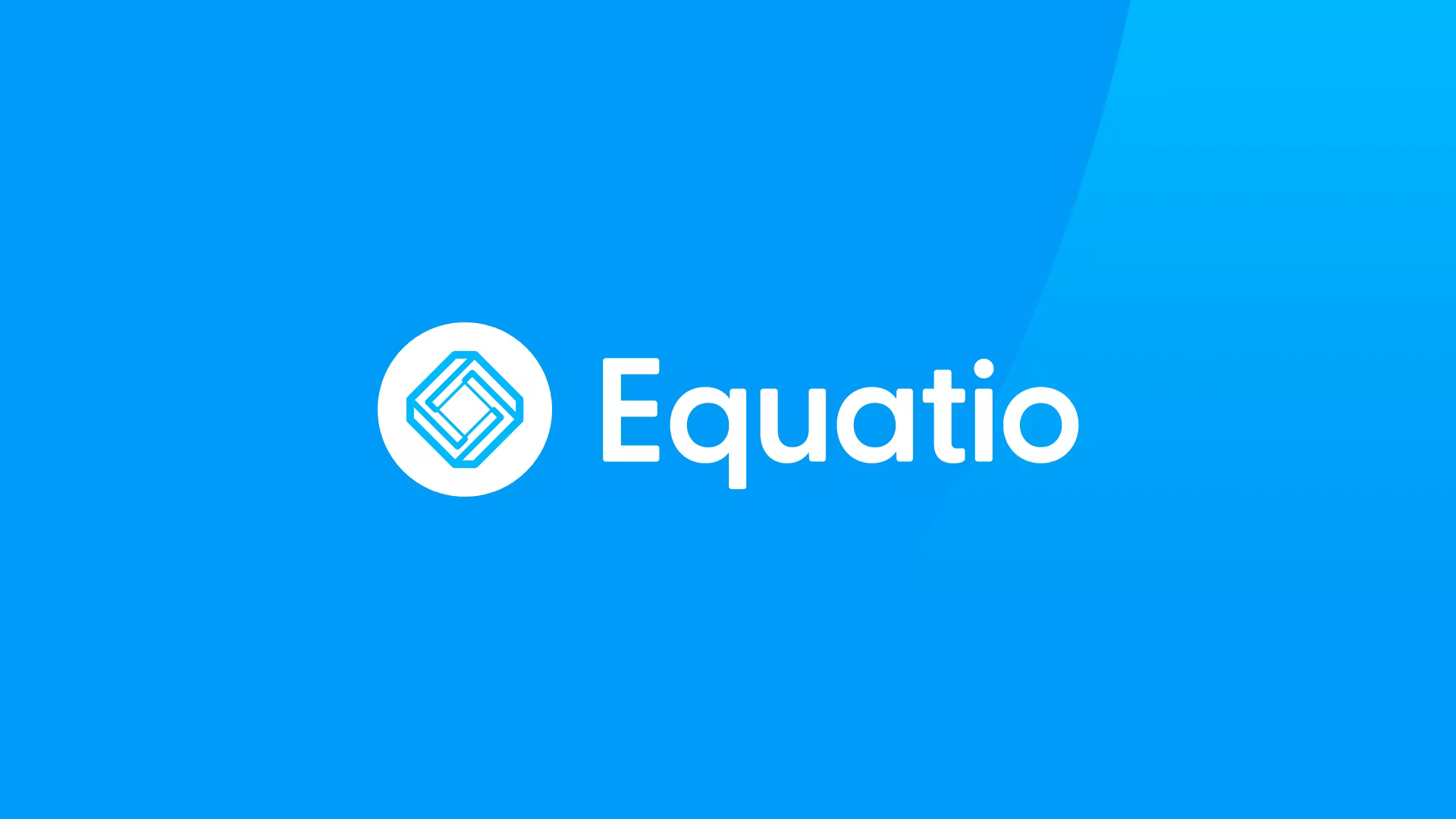Copyright and Fair Use
Legal and ethical behavior is an essential component of being a good digital citizen. A key factor of that behavior is knowing what content is and is not okay to use in an educational setting. For answers to all your questions and information on the legal doctrine called "fair use," visit the following Web sites.
Copyright and Fair Use in the Classroom, on the Internet, and the World Wide Web
This University of Maryland University College Web site is devoted to copyright and fair use, defining the terms and providing specifics on what may be copied without permission and when you must obtain permission to use a particular resource. You'll find guidelines for use (without permission) of sections of lawfully obtained copyrighted works and even a Sample Letter to the Copyright Owner Requesting Permission to Copy.
Hosted by the Missouri Department of Elementary and Secondary Education, this site contains information (mostly in downloadable PDF format) that assists school district personnel in understanding copyright laws. You'll also find four "awareness" brochures for distribution to superintendents, principals, educators, and students.
Copyright violation is no game, but at this game-like Web site, updated to reflect changes in the Technology, Education, and Copyright Harmonization Act of 2001 (TEACH), teachers visit Copyright Bay, with its Fair Use Harbor, Infringement Reef, and Murky Waters, to learn more about fair use practices and copyright infringement in educational settings. The site is also suitable for older students. Be sure to visit the Bibliography/Webliography for additional resources on the topic.
Tools and ideas to transform education. Sign up below.
At this one-stop copyright super site, you'll find a wealth of information on the basics of copyright law, including several examples of audio and visual copyright violations.
While copyright laws vary from one country to another, this one-size-fits-all primer on the basics of copyright (e.g., what it is, when it begins, what is required, and when it expires) provides a wealth of important information in one location. You'll find information on fonts, royalty-free images, sound clips, text, fair use, and public domain, plus links to other resources. And, thanks to the generosity of the author, visitors have permission to reproduce any or all of the site's text for educational and non-profit purposes.
Copyright and K-12: Who Pays in the Network Era?
Reality bites when budget cuts leave few dollars for the purchase of textbooks and other copyrighted materials. Piracy and increasing reliance on network technology seem to go hand in hand. This article discusses issues facing educators as demand for timely teaching materials increases while budgets decline. It advises educators of the special privileges that they have when it comes to copyright and also reminds them of the limits of those privileges.
The Code of Academic Integrity and Acknowledging the Work of Others
Download a PDF version of this document to find out what Cornell University expects from its students regarding work submitted for academic credit. Even high school students would benefit from reading this document because it details what is permitted and what the penalties are for code violations.
Send your students to this excellent Georgetown University site which discusses, in student-appropriate language, essential issues surrounding copyright, including answers to 'excuses' like: "They said it so much better, shouldn't I use their words?" "My friends get stuff from the Internet," and "I don't have time to do it right." The discussion "What is a paraphrase, anyway?" alone makes the site a valuable resource for anyone struggling with the concept of intellectual property.
Cut-and-Paste Plagiarism: Preventing, Detecting, and Tracking Online Plagiarism
That every student should know about taking more responsibility for learning can be found at this Web site on plagiarism. Learn all about cheating and term paper mills. There are also several helpful tips for teachers explaining how to detect plagiarism. For more information on the topic, be sure to follow the links to the other Web resources.
Turnitin develops and markets several products and services designed to detect and prevent plagiarism. At its Research Resources Web site, you'll find a wealth of useful information about plagiarism: what it is, how to avoid it, how to prevent it, and how to detect it. You'll also find guidelines for proper source citations; answers to frequently asked questions about public domain, fair use, and copyright; suggestions for how to integrate plagiarism detection into conventional classroom curriculum; printable handouts on proper citations and assignment writing for students; plus definitions for several topic-related terms. Be sure to visit Turnitin's sister site Plagiarism.org for more information about online plagiarism.
Regardless of whether you're a K-12 student, a faculty-member, or connected with a post-secondary institution, you commit an act of theft when you take the work of others and pass it off as your own. Thanks to OWL, the Online Writing Lab at Purdue University, students can learn all about actions that might be construed as plagiarism. Several very readable tables summarize which resources you must document and how to deal with the work of others when paraphrasing, writing, and researching. There is also an activity sheet to test your familiarity with potentially troublesome situations.
Carol S. Holzberg, Ph.D., is an anthropologist, educational technology specialist, and computer journalist in Massachusetts.
